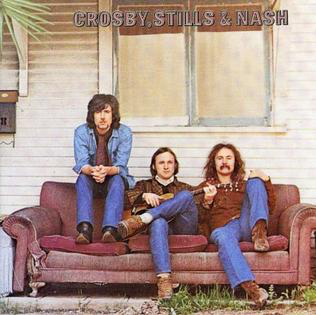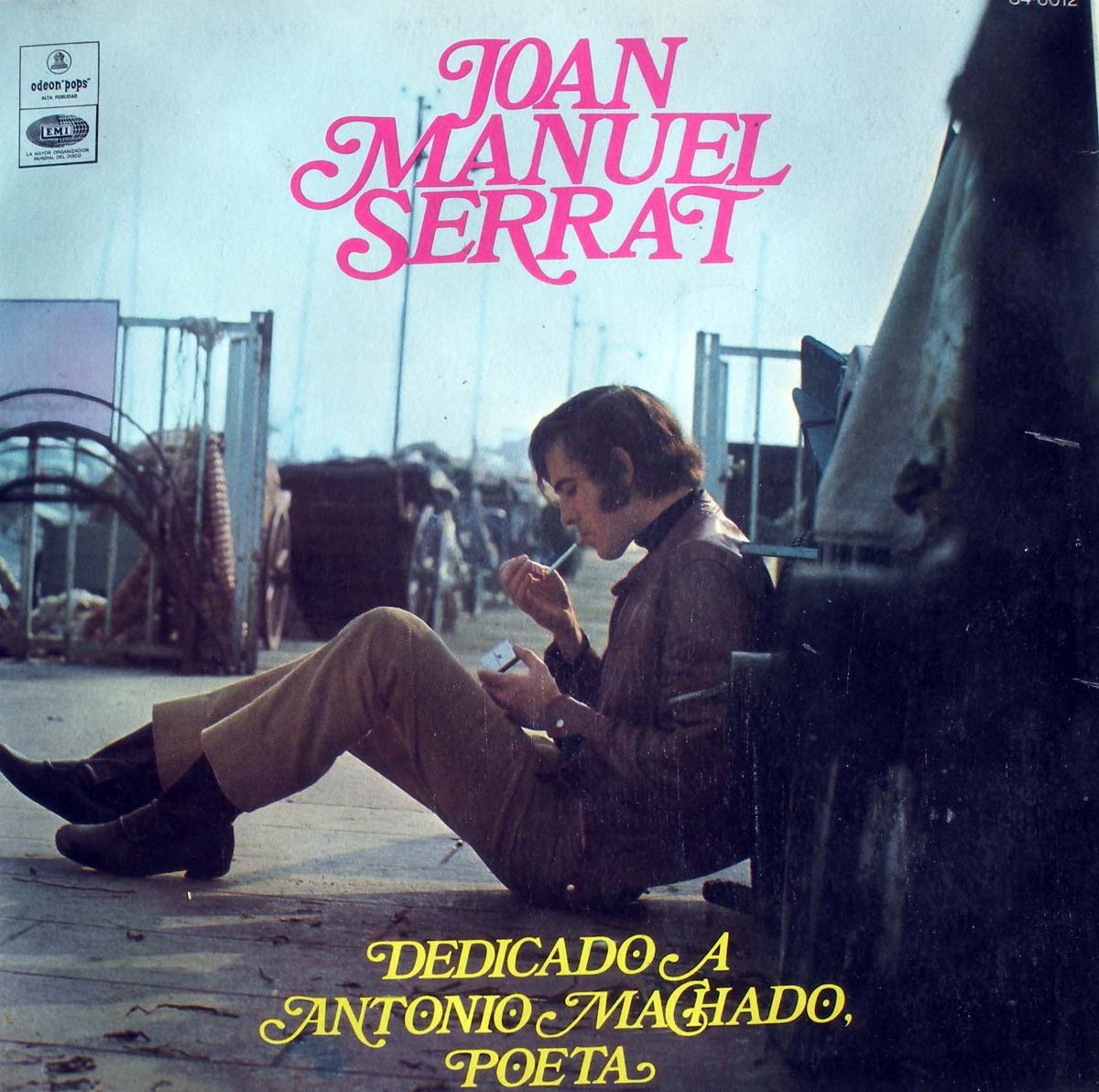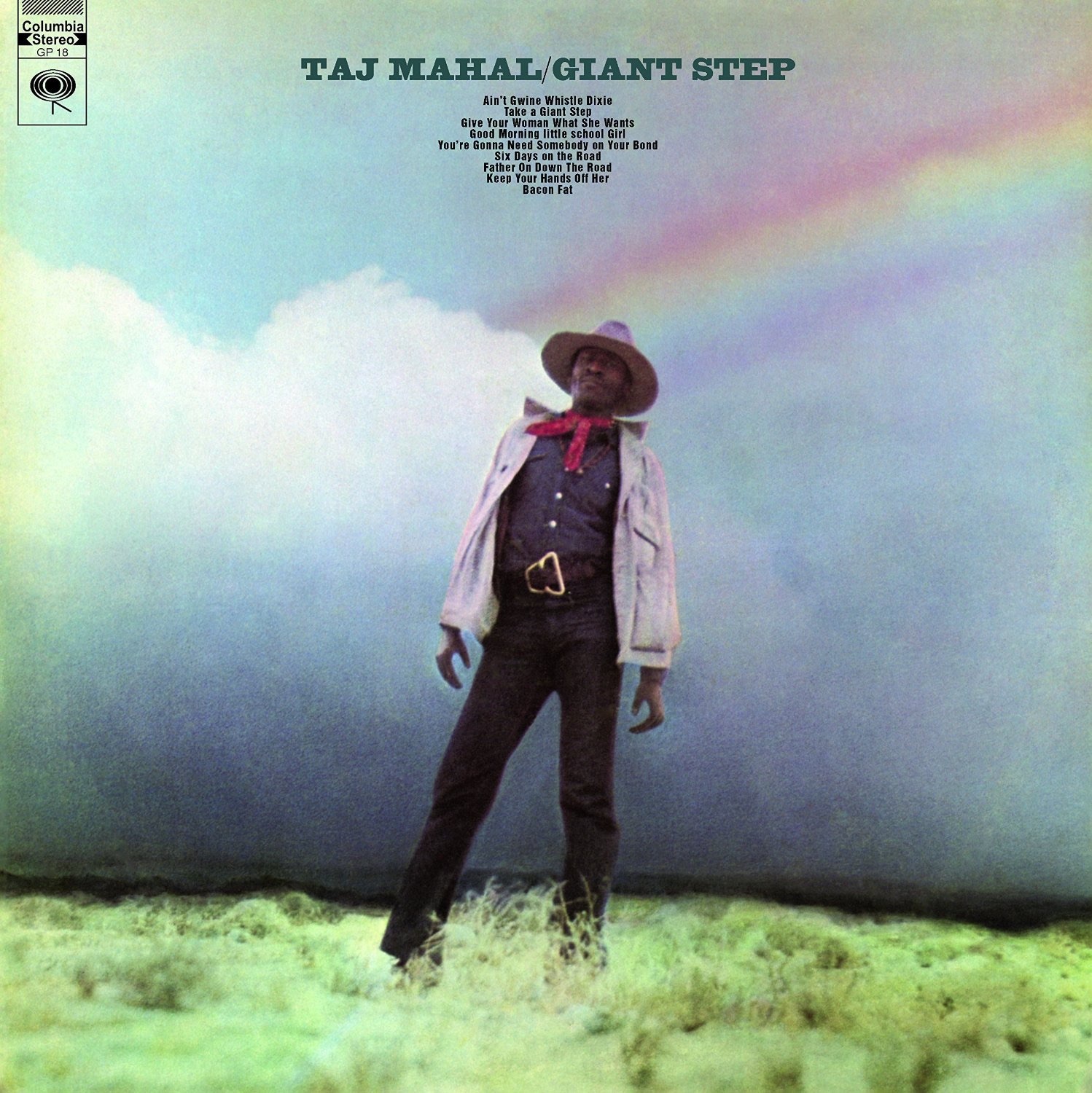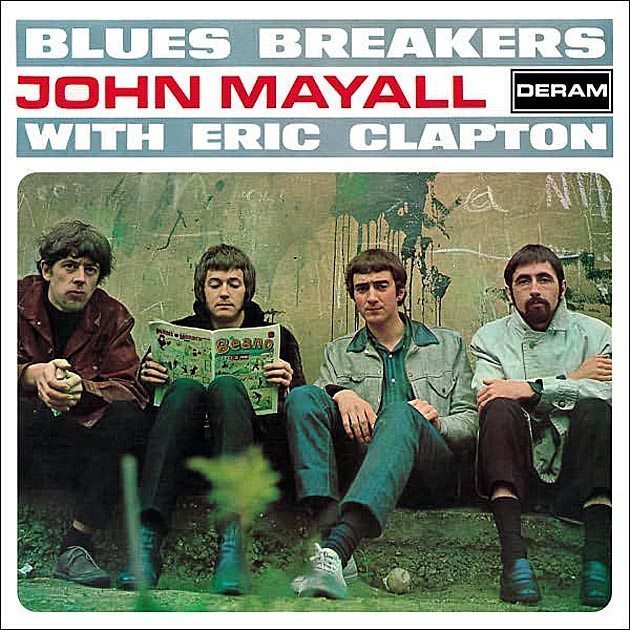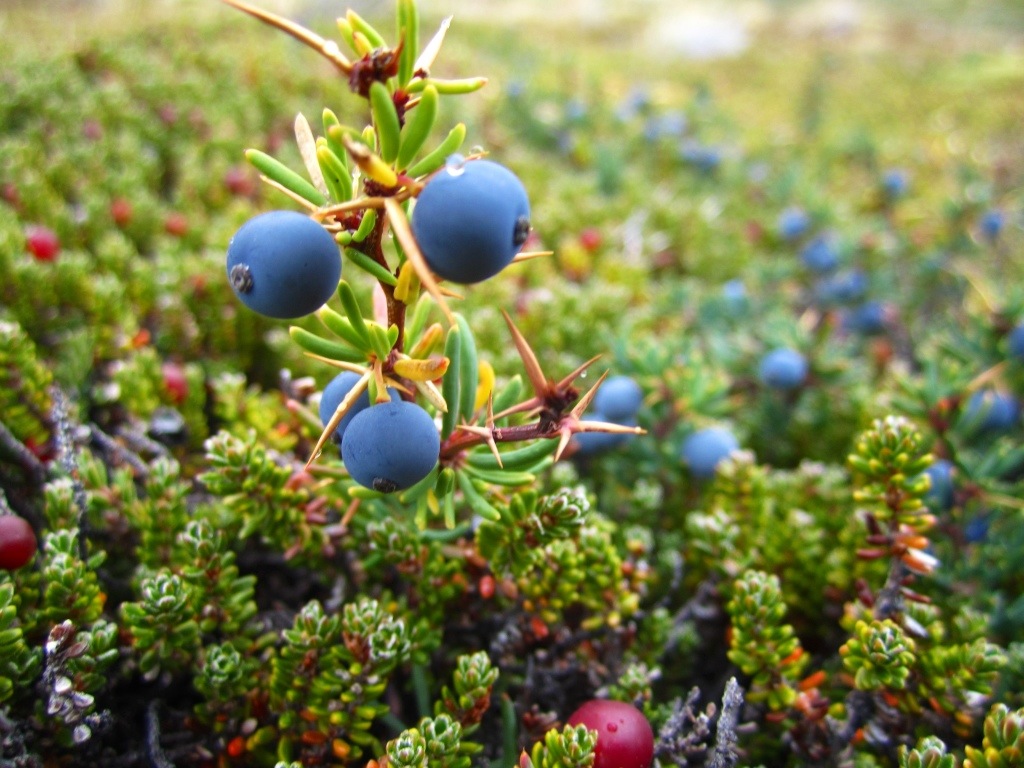Lolog is a lake located some 12 km from the town of San Martín de los Andes, a town in northern Argentine Patagonia. It can at times be a very windy and inhospitable place. This Mapuche legend tells of its history.
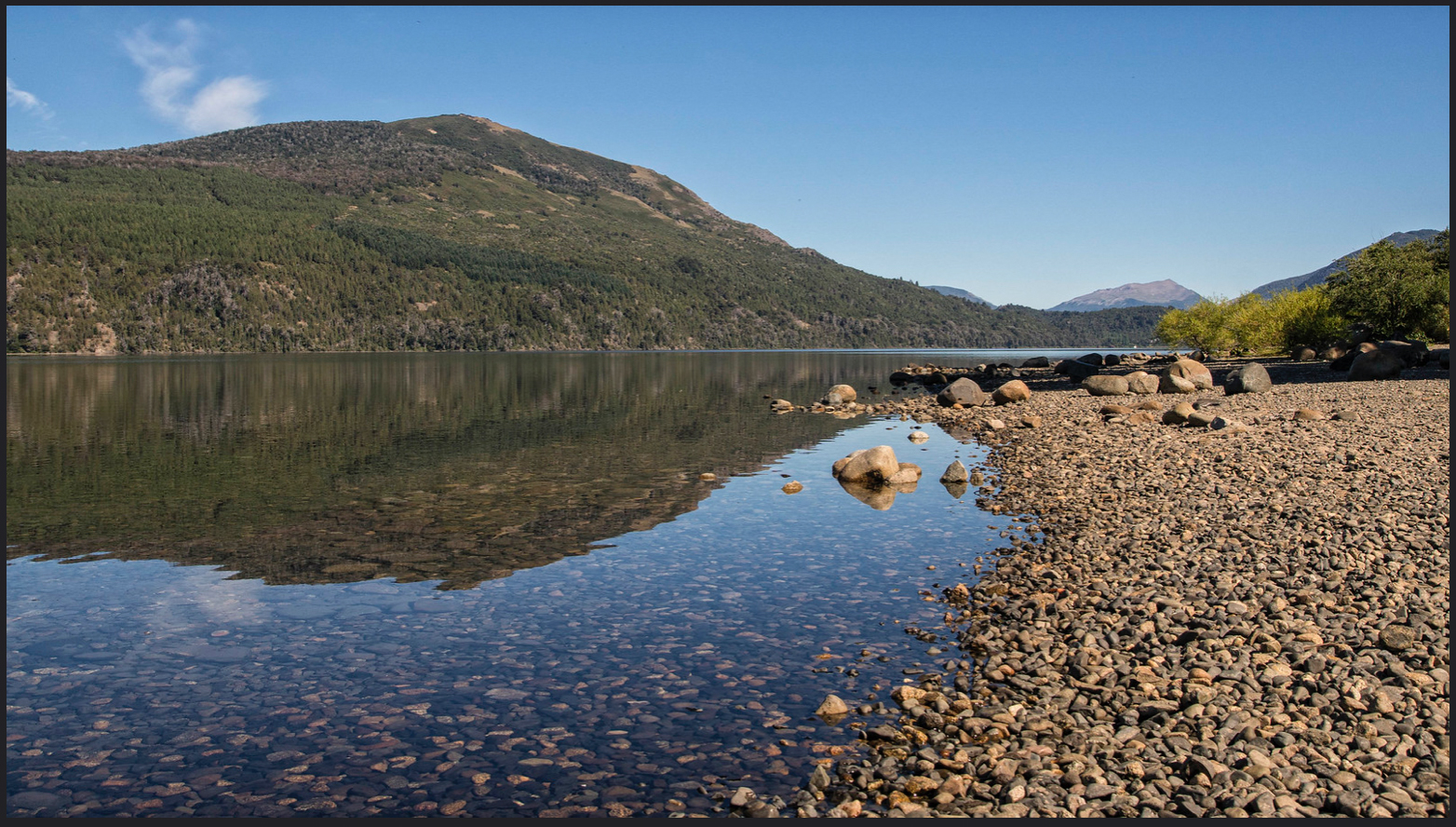
Many years ago, in the valley where today lies Lake Lolog, there was once a much smaller lake known as Paila Có, surrounded by marsh and wetlands. The name of the lake in the Mapundungun language means calm water, and look though you might, a more peaceful place you would never have found. A Mapuche family lived in a nearby cabin, and they had the most beautiful darkhaired daughter who would spend her evenings combing her hair at the edge of the lake.
One chill autumn evening the young girl heard a voice calling her from the waters of the lake. Across the waters drifted the words “Come with me … I’m a king, young like you, and I’m lonely …. all alone in the lands I rule … come and live with me and let me make you a rich and happy queen”. And shortly a handsome young man emerged from the water and stood in front of the young girl. Bewitched by his shining apparel and captivating voice and oblivious to the pleas and screams of her parents calling to her not to abandon them she followed him back into the waters of the lake.
A year or so later the young girl appeared at her parents’ cabin, resplendent in rich clothes and sumptuous jewellery. “Don’t mourn for me”, she said, “I’m happy with my King and I’ll come and see you every year. The only thing missing in my life is your love for me”.
And with that, she turned and walked back towards the waters of the lake. Her father in his desperation grabbed his daughter fiercely by the arm to prevent her from leaving, saying: “You are our daughter. You belong here. I’ll never let you go without us”.
Such were his words, and they were to be obeyed. At that very moment a strong tremor shook the peace of the valley and the girl was carried back into the water by a hurricane wind. The cabin where her parents lived slowly sank into the soft marshland, taking her parents with it. The water levels rose, and the cabin and its surroundings were submerged forever.
It is said today, by those who still remember these things, that on Lake Lolog on a calm day, not that there are many of them now, the waters clear enough to reveal the cabin and its inhabitants deep below. And whenever, nostalgic for their lost green lands, the girl’s parents leave the lake to revisit the green lands of their past the waters of the lake once again boil and unleash storms that shake the land all around so much that no one dares to come near the lake or sail on its waters.
